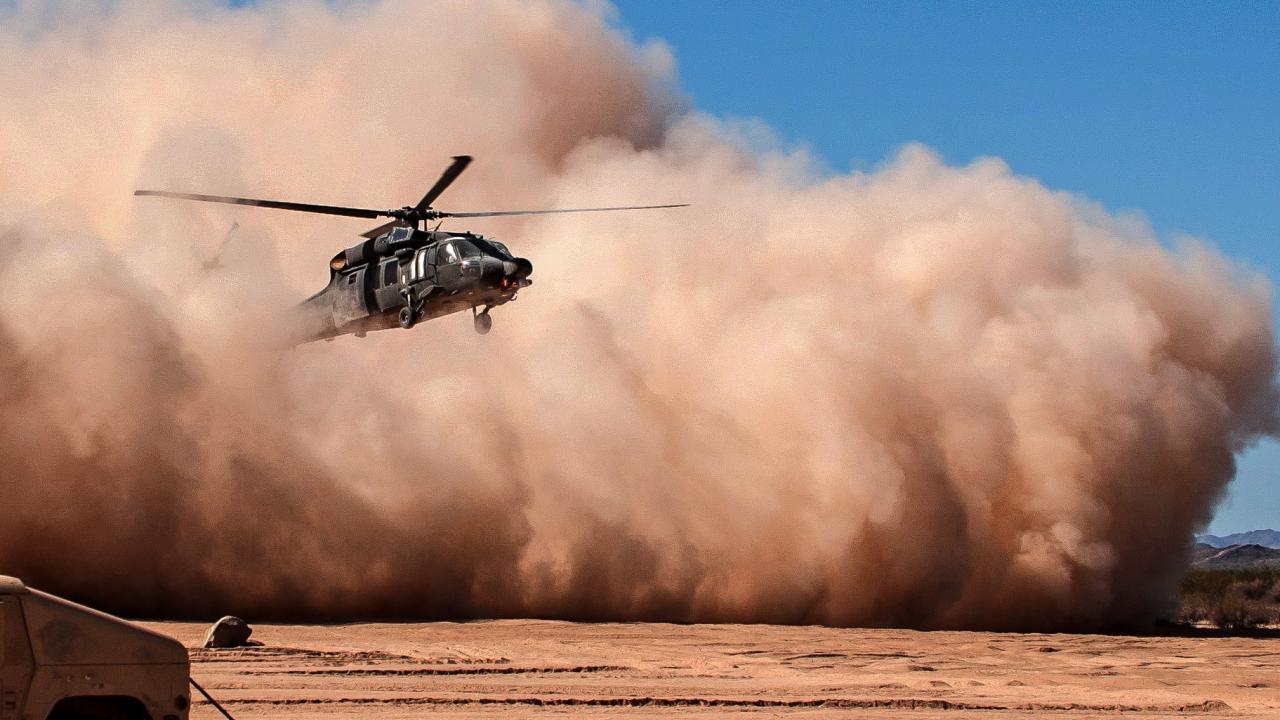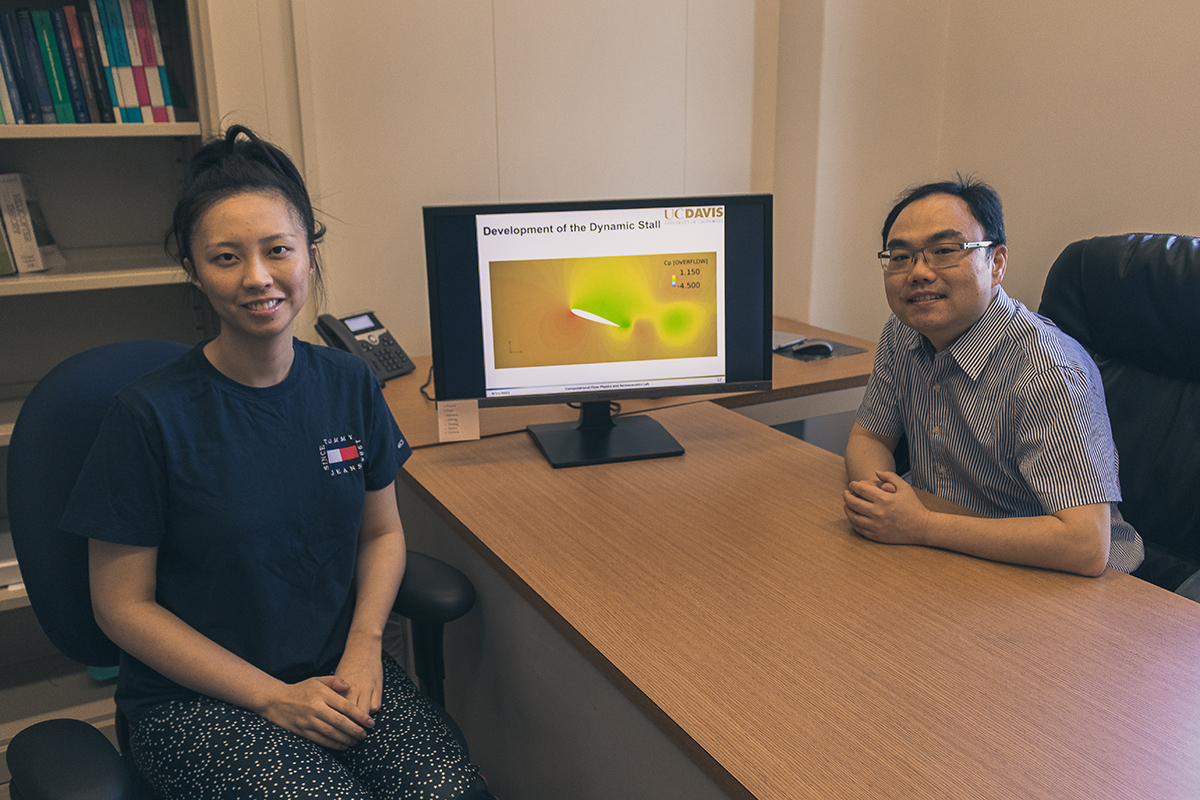
Seongkyu Lee to Study the Big Impacts of Tiny Particles in Newly Awarded Joint Research Grant
Mechanical and aerospace engineering researchers selected to partner with Lawrence Livermore National Laboratory on "innovative scientific ideas with high potential for impact"
Seongkyu Lee, associate professor of Mechanical and Aerospace Engineering, was recently awarded a grant-funded joint research project by Lawrence Livermore National Laboratory, or LLNL, as part of the lab’s Academic Collaboration Team, or ACT, Awards.

The University of California, Davis, was one of six universities to be selected for the ACT university collaboration award, inviting students and professors to team up with LLNL’s in-house scientists at their facilities. Lee will serve as the Davis-based principal investigator on the project, while Jessica Shum, a mechanical and aerospace engineering Ph.D. student studying under Lee, will work with LLNL principal investigator Kambiz Salari at the laboratory’s facilities for a term of 18 months. Jean-Pierre Delplanque, vice provost and dean of graduate studies and a professor of mechanical and aerospace engineering at UC Davis, will also contribute in an advisory capacity.
The group will investigate miniscule particles — such as dust, debris and insects — in adverse environments (like rural or desert areas) and the impacts they can have on the performance, aerodynamics and noise levels of aircrafts with rotor blades such as helicopters or wind turbines, using an LLNL proprietary software called ParticleTSim and a NASA-developed software called OVERFLOW.
Lee, whose research focuses on aerodynamics and aeroacoustics of rotorcraft, urban air mobility aircraft, and drones and is lauded for his own novel aeroacoustics software, UCD-QuietFly, is excited about the doors this partnership with LLNL can open for his research.
“This is my first time working with Lawrence Livermore National Laboratory, and I’m looking forward to a much longer-term partnership with them,” he said. “We have our own research capability and they have theirs, and we have found this new niche area to research. With this common interest, we can leverage our expertise and expand our research capabilities.”
This is the fourth year LLNL has conducted the ACT university collaboration awards, distributing a total $700,000 in grant funds per year for three years across the six universities, which, in addition to UC Davis, include: Texas A&M; University of Tennessee, Knoxville; University of Michigan; North Carolina State University; and Michigan State University.
